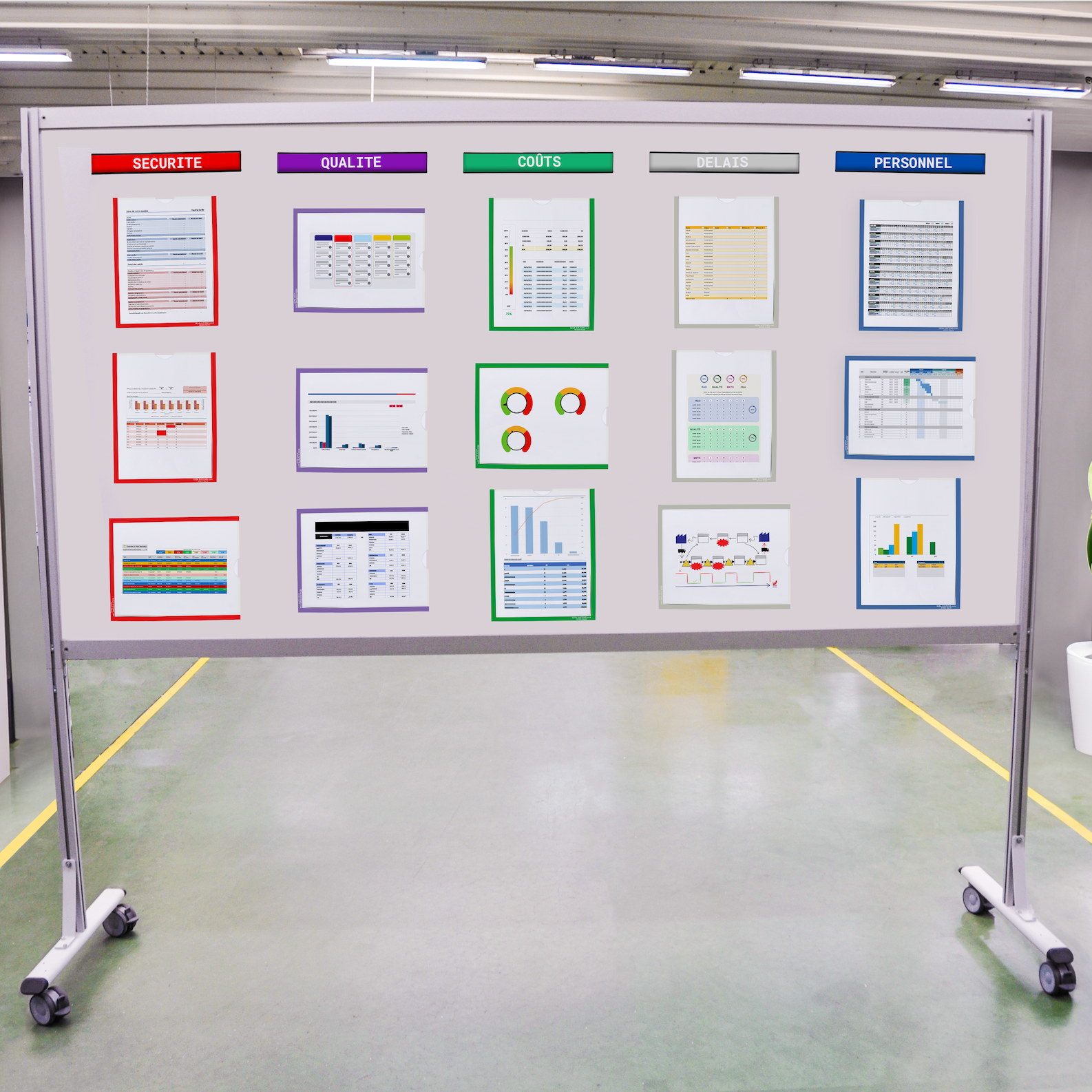What is LEAN Manufacturing and what does it mean?
To fully understand the issues involved in raising operators' awareness of LEAN Manufacturing, it must be defined and understood. LEAN Manufacturing is a comprehensive approach to improve the efficiency and quality of production processes in a company. It focuses on eliminating unnecessary waste in production processes, while improving customer satisfaction and maximising business value. It is based on the key principles of continuous development, complete quality, and customer satisfaction. It involves all levels of the company, including employees, managers, and executives, in a continuous improvement process aimed to eliminate unnecessary waste, increase efficiency, and improve the quality of products and services. As such, LEAN Manufacturing is used by many companies around the world to improve their competitiveness and profitability. Some of these methods can also be used to solve specific problems, such as production delays, quality defects and high costs, by working with employees to find solutions.
What is the difference between LEAN Manufacturing and LEAN Management?
LEAN Management and LEAN Manufacturing are two similar approaches to improve the efficiency and quality of processes in a company. However, they have different purposes:
- LEAN Management: This is a global approach to improve the efficiency and quality of company management, by eliminating waste and maximising value for customers. All hierarchical levels of the company are involved in implementing this approach, including employees, managers and executives.
- LEAN Manufacturing: This is an approach to improve production processes, by eliminating waste and improving the quality of products and services. This approach focuses on specific production processes and usually involves the operators.
In short, LEAN Management applies to the whole company, while LEAN Manufacturing focuses on production processes. The two approaches can therefore be used together within the company. LEAN Manufacturing can therefore be seen more broadly as a component of LEAN Management that applies to processes.
What are the benefits of LEAN Manufacturing and why implement it?
Because of the potential benefits that LEAN Manufacturing can bring, it is essential to implement it within the production processes and to raise awareness among operators to ensure its application and effectiveness. To do this, the following steps can be followed:
- Explain the philosophy of LEAN Manufacturing: It is important to provide employees with a clear understanding of what LEAN Manufacturing is and what it is used for.
- Set up initial training: Organising initial training for employees can help them understand the basic principles of LEAN Manufacturing and the tools that can be used to implement them. During this phase, it is recommended to use training games to raise awareness in a fun way.
- Support active employee participation: Getting employees to actively participate in the implementation of LEAN Manufacturing can involve and motivate them. This will make it easier for them to apply the LEAN principles on their own.
- Implement pilot projects: To give employees a concrete understanding of LEAN Manufacturing concepts, it can be useful to implement pilot projects in certain areas of the company to evaluate their effectiveness, and possibly correct certain points before applying to the rest of the company.
- Measuring results: Measuring the results of pilot projects can help to evaluate the effectiveness of LEAN Manufacturing and to communicate these results to employees.
- To create a culture of continuous improvement: by supporting employees in suggesting improvements and involving them in the implementation of these improvements, a culture of continuous improvement can be developed within the company.
By following these steps, companies can make their employees aware of LEAN Manufacturing and actively involve them in its implementation. This can help to increase employee involvement, engagement, and satisfaction, and improve the company's overall results.




